When interior designing or even redesigning a particular room, there is always the somewhat tricky issue of small windows. These windows can be installed in many rooms, such as bathrooms, kitchen stairs, or hallways.
Regardless of the area, the right blinds will make a considerable difference not only in the aesthetic point of view of a room but also in its usability. Selecting the best blinds for small windows depends on the size, type of material, and available options for light regulation.
In this guide, we are going to establish several types of small window blinds that can change your ambiance. In terms of style, there are many possibilities here, whether your goal is privacy or an influx of light.
Why it is important to get the Right Blinds for Small Windows?
Small windows are not the main attraction of a living space most of the time but their treatment matters. Deciding on the correct blinds for small windows is crucial to avoid putting pressure on the area yet providing effectiveness in functionality. Small windows are typically in need of blinds that are properly fitted, in correct proportion to the window, for the desired light control and which are appropriately colored and textured to the context of the room they are in.
Some of the key considerations when choosing small window blinds include:
– Size and Fit: Blinds should ideally measure the size of the window to avoid having unnecessary gaps or were the blinds too large, they would overpower the window completely.
– Light Control: Think about how much of the natural light you intend to let into your home. The best blinds for small windows will enable you to manually control the level of light that is allowed into the room.
– Style and Aesthetic: The blinds should complement the furnishings by making the room look good without overemphasizing an already small window. Modern designs that are elegant, simple, and elegant are always suited for small areas.
Types of blinds that suit Small Windows:
Some of these blinds cannot be fitted for small windows. Here are some of the best options to consider:
1. Venetian Blinds:
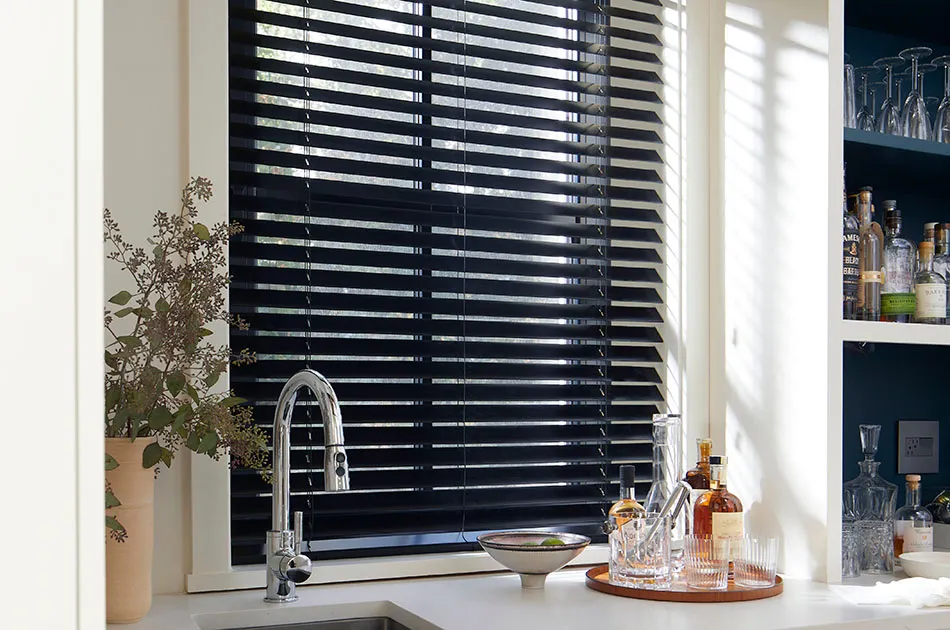
Venetian blinds are arguably one of the most suitable types of window blinds for small window treatments. These small blinds will comprise a panel of horizontal bars, which can be rotated to allow light or privacy into the room. They are distinct, uncluttered designs and are available in a range of materials such as wood, aluminum, and PVC to fit different rooms.
Advantages: Easy to control the amount of light let in; they come in assorted materials and colors and can be installed nearly anywhere in the house, including the kitchen or bathroom.
Best for Residents seeking a simple and elegant design of blinds for small windows for the house.
2. Roman Shades:
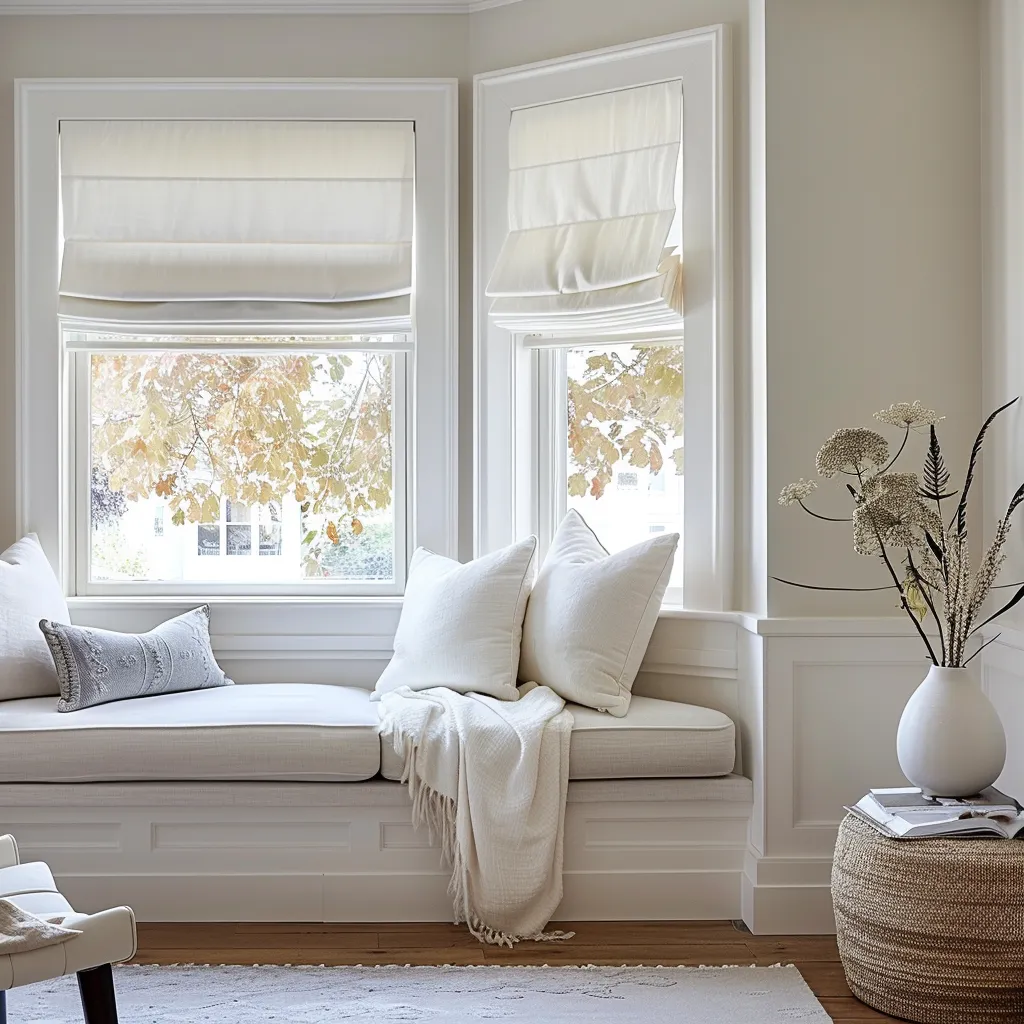
Roman shades are significantly more popular than the standard blinds for many people. They are of fabric that can be folded neatly when pulled up and are ideal for areas where an uplifting but not as crisp look is preferred. It is known that Roman shades provide great light control; there are numerous choices regarding fabric, color, and pattern.
Advantages: Smooth texture gives an esthetic look to the room, has a variety of fabrics to choose from, and regulates the amount of light as well as privacy level.
Best for: Kitchenettes and corridors, entrance halls, cloakrooms, corridors, and short windows where a relative emphasis is still placed on the decorative element.
3. Roller Blinds:
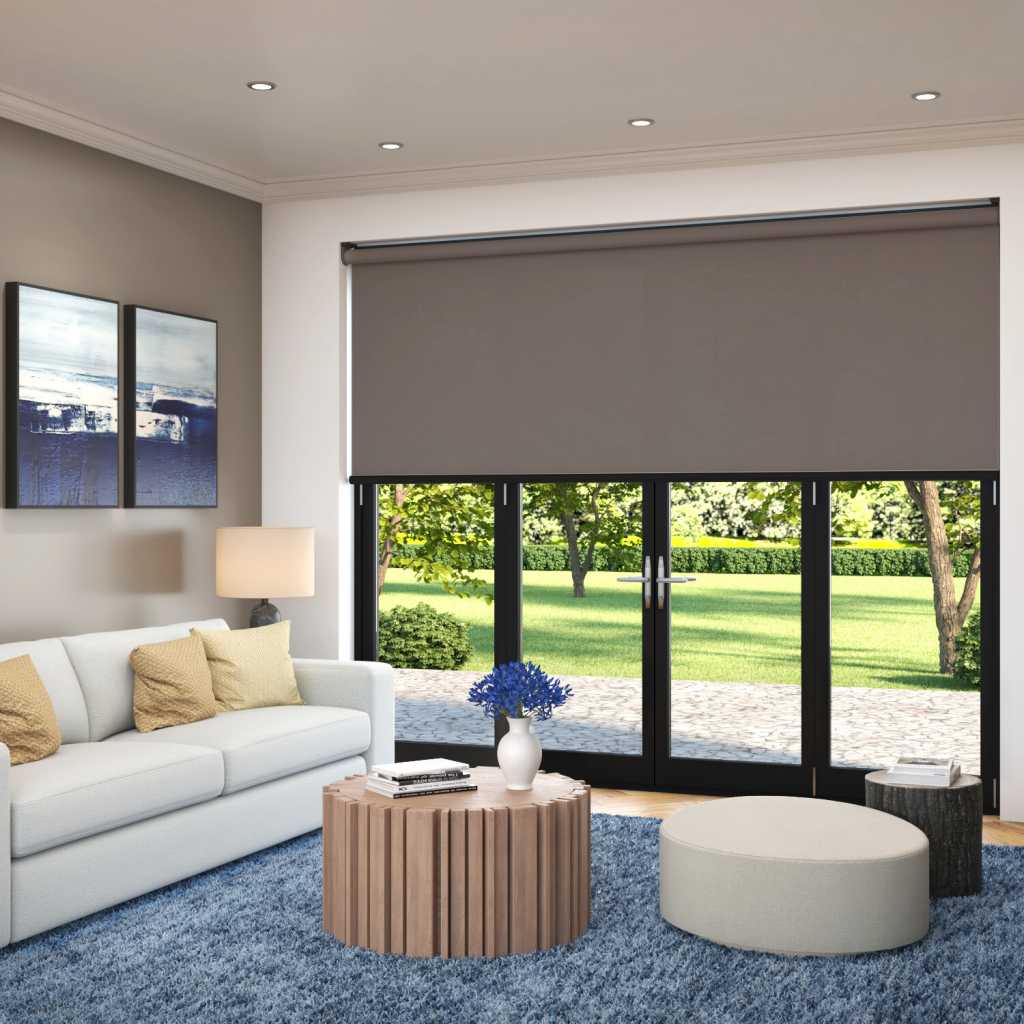
Roller blinds are uncomplicated yet very reliable. It is a one-piece blind, and if you are not using it, you simply need to roll it up. Roller blinds are the best for short windows, as they can be completely rolled up to allow maximum light onto the full window.
Advantages: Streamlined, modern design; easy to operate; compact footprint; available with blackout or light-filtering fabric.
Ideal for: Bathrooms, kitchen areas, or other rooms where you want to allow as much natural light in during the day.
4. Cellular (Honeycomb) Blinds:
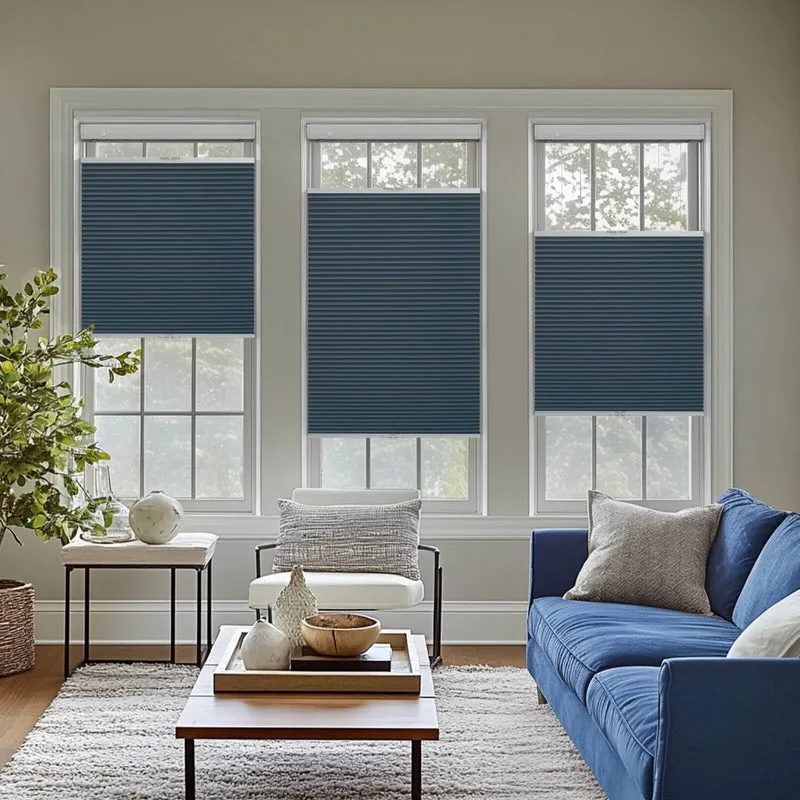
Made for light and energy efficiency, cellular blinds, also known as honeycomb shades, offer the room some insulation, making it warmer in winter and cooler during summer. Many types of cellular blinds are available for various cell sizes, making them a convenient option for small window blinds.
Advantages: Insulates the window, has very good light control options, and comes in single, double, or triple layers for extra energy efficiency.
Good for: Homes in cold climates or anyone wanting a very energy-efficient window treatment.
5. Café Blinds:
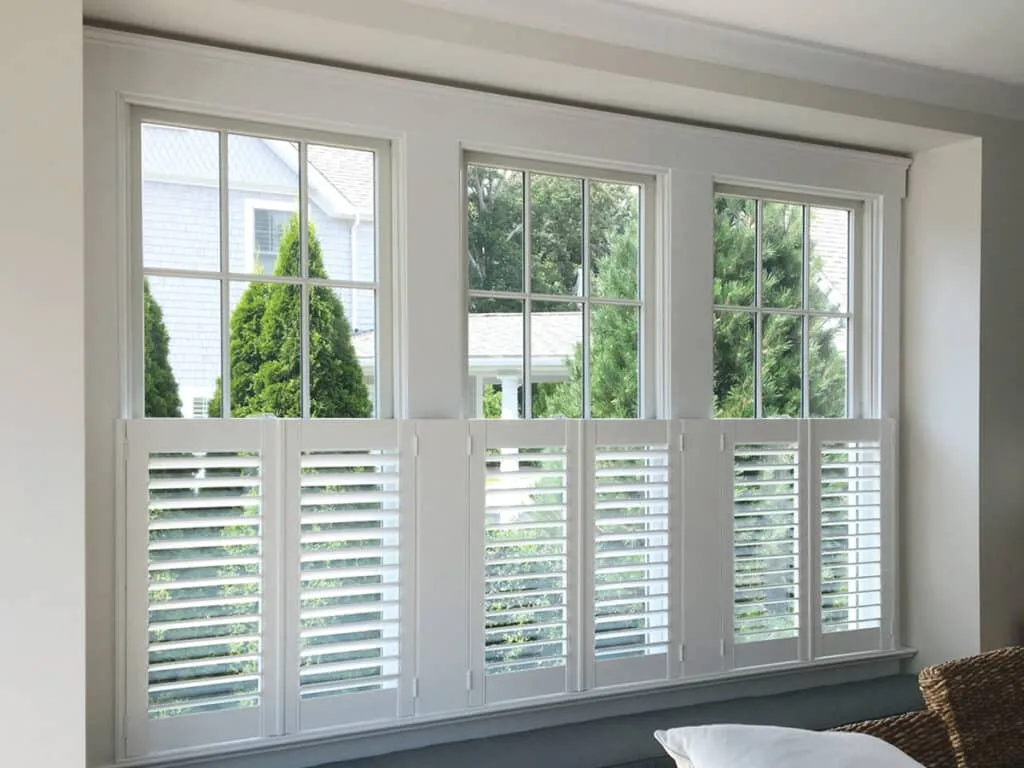
Café blinds, sometimes called half-height blinds, are fitted only to the bottom part of a window, leaving the upper part free for daylight. These are great examples of short window blinds, especially in kitchens or bathrooms where privacy is needed at the lower portion of the window.
Pros: Provides privacy on the bottom while allowing sunlight at the top; works well in kitchens, and bathrooms, and gives a relaxed country look.
Ideal for: Tiny kitchens, bathrooms, and small dining spaces with shorter windows.
Materials for small window blinds:
Blind material is also significant for functionality and appearance. Here are some of the popular materials to consider for small blinds:
– Wood: Gives a traditional, organic appearance but is not appropriate to use in areas with lots of steam such as the shower.
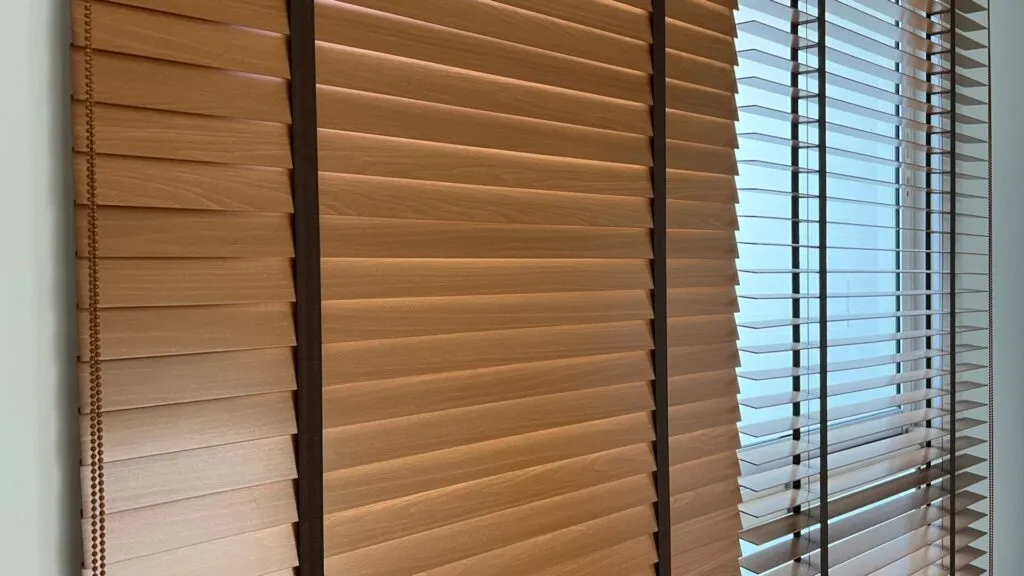
– Aluminum: It is light in weight, hard-wearing as well as moisture-resistant, giving it applicability in the circulation areas such as kitchens and bathrooms.
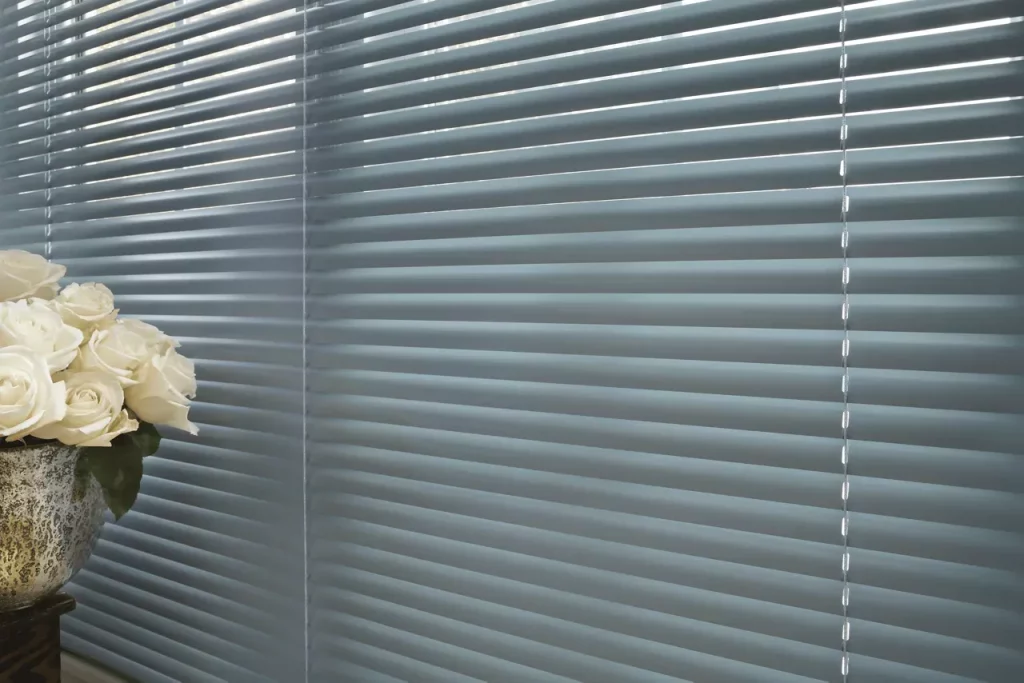
– Fabric: Similar to Roman shades fabric blinds give the room warmth and coziness but can be more difficult to clean.
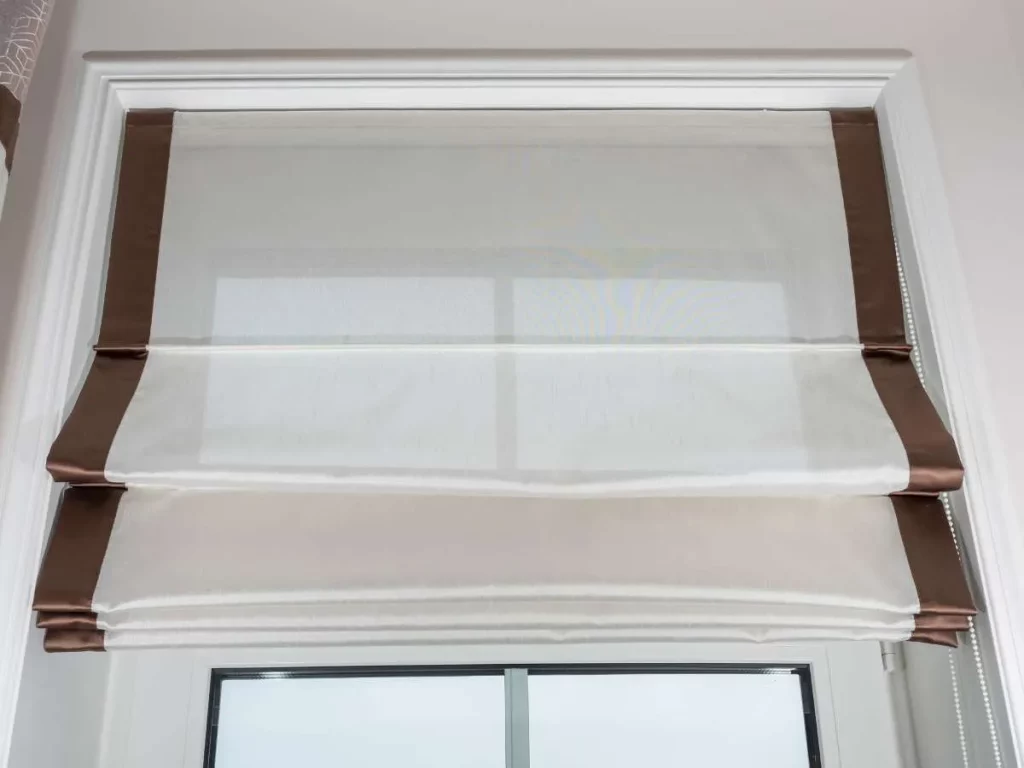
– PVC: Appropriate for the area where humidity levels are high, PVC blinds are resistant to wear, simple to wash, and not expensive.
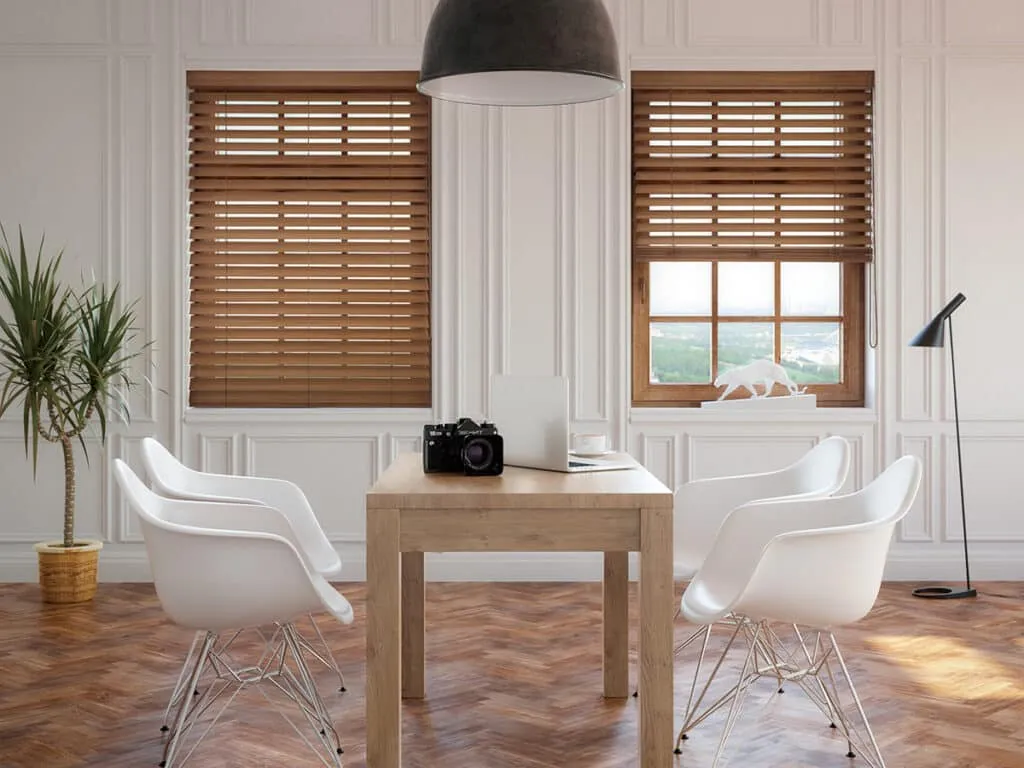
Styling Tips for Small Windows:
When dressing the best blinds for small windows special attention should be paid not only to the windows themselves but to the room’s interior as well. Here are some styling tips to enhance your space:
– Choose Light Colors: Blinds with lighter colorations will cause the windows to look larger and contribute to the illumination of the room.
– Minimalist Designs: This means that you should select stylish and elegant doors that do not overlap with the windows or the whole room.
Match Blinds to Walls: Speaking of blinds, when the blinds are the same color as the wall, the window will blend in more easily with the rest of the interior.
Conclusion:
It is essential that when looking for the best blinds for small windows we are not only looking for size but functionality, style, and how they fit with the rest of your decor. From the classic Roman window shades to the simplified roller blinds or the energy smart cellular blinds, you will always find a match for your small window.
As much as the size, the type of material used, and the organization of your blinds, you can make your home more beautiful and functional. But with reliable sources such as Aura Curtains, you be certain that the small blinds you buy fit the windows appropriately and beautify the house.